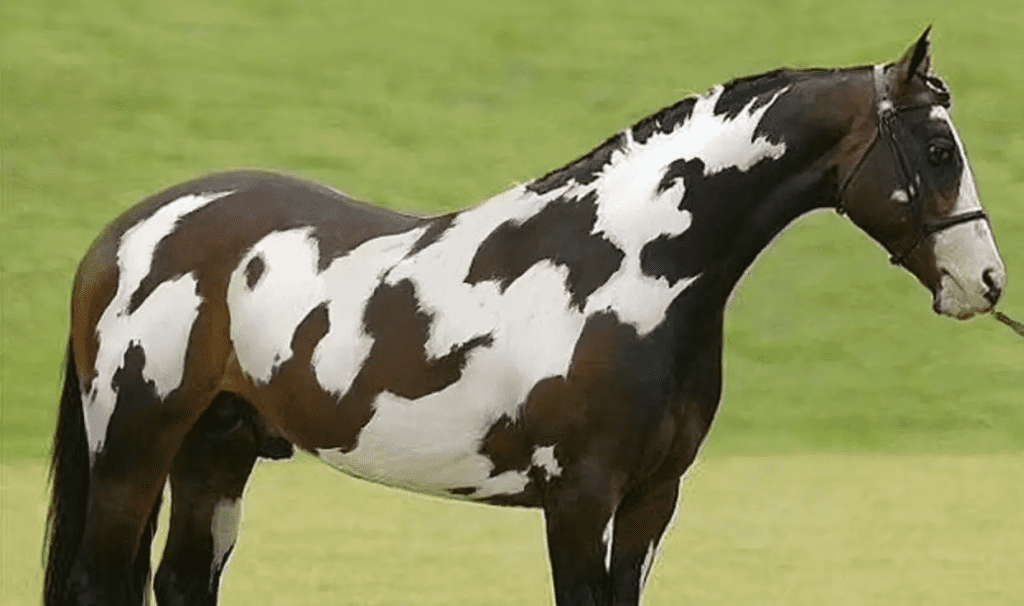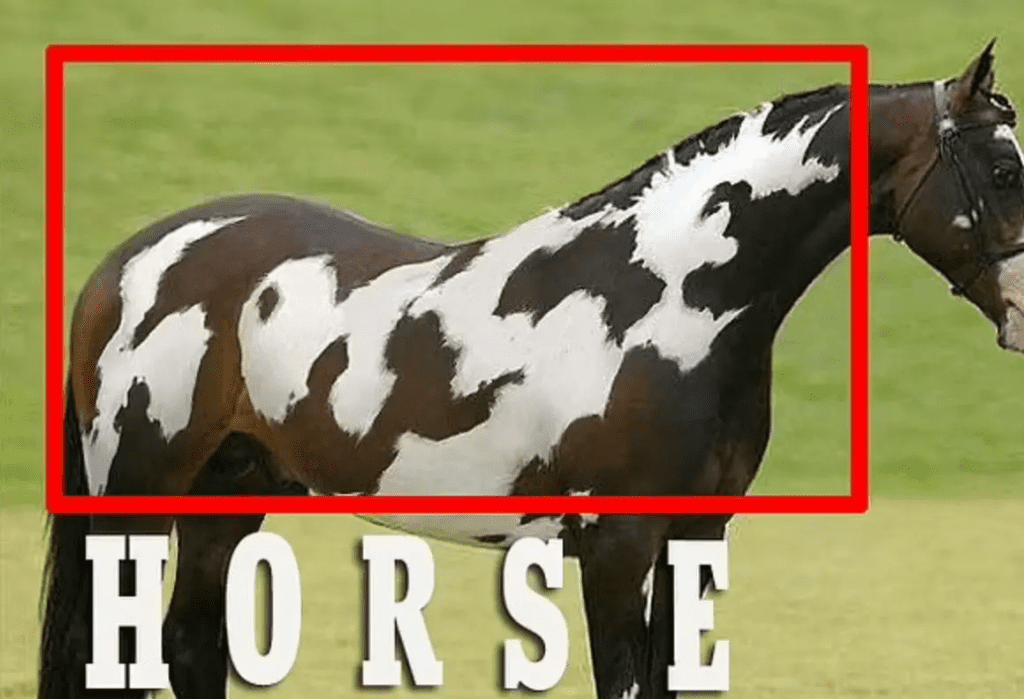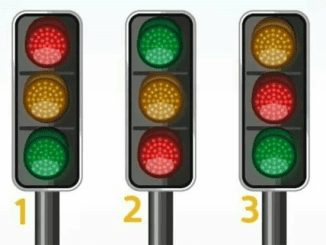Optical illusions have long been a source of fascination and amusement, challenging our perceptions and testing the limits of our visual processing abilities. However, a recent viral brain teaser featuring a horse has taken the internet by storm, with claims that it can only be solved by “highly intelligent people.” But is this optical illusion truly a measure of intellect, or is there more to it than meets the eye?
The optical illusion in question depicts a fully developed brown and white horse. The challenge for viewers is to locate a second horse within the image. However, therein lies the twist – most people are so focused on finding another equine figure that they miss the true hidden element of the puzzle.

The key to solving this optical illusion is to shift one’s perspective and think beyond the obvious. Rather than searching for a second horse, the viewer must realize that the word “horse” is actually hidden within the glossy coat of the horse depicted in the image. This realization requires a level of observational skills and lateral thinking that many may not initially possess.

This brain teaser has stumped so many people because they are so fixated on finding another horse that the possibility of a hidden word doesn’t even occur to them. Optical illusions often work by exploiting our tendency to make assumptions and overlook alternative interpretations. In this case, the “intelligent people only” claim relies on the viewer’s ability to break free from the initial frame of reference and approach the puzzle from a different angle.
While the horse optical illusion may not be a direct measure of intelligence, it does test important cognitive skills that are often associated with higher levels of intellect. Keen observational abilities, lateral thinking, and the willingness to challenge one’s own assumptions are all crucial components of critical thinking – a skill that is highly valued in today’s fast-paced, information-driven world.
The “intelligent people only” horse optical illusion is a fascinating example of how our perceptions can be shaped and manipulated by visual cues. Rather than a simple test of intelligence, this brain teaser serves as a reminder that our ability to think outside the box and approach problems from new perspectives is a valuable asset. So, the next time you’re faced with a mind-bending optical illusion, remember to keep an open mind and trust your observational skills – you never know what hidden gems you might uncover.


